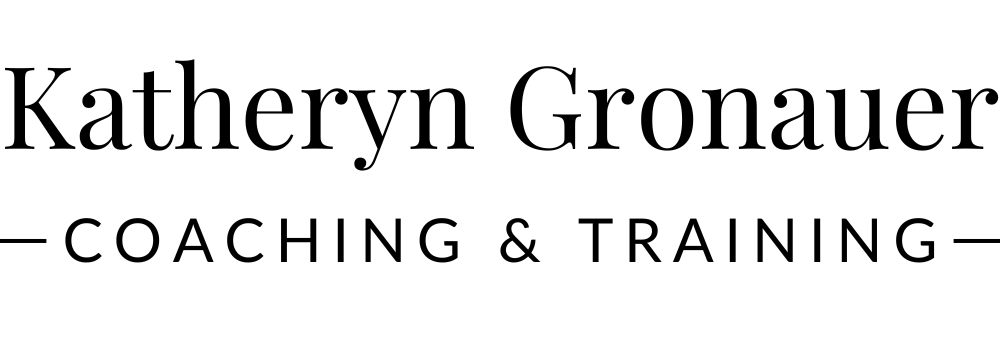Got Inner Turmoil? Here’s How to Beat Internal Conflict in 4 Steps
If you feel like you’re battling against yourself, try this technique to move you forward
Ever feel like your self-talk changes day to day?
Here are a couple of examples:
Maybe one day you decide you need to be really productive and the voice in your head is like a Drill Sergeant. The next day, you procrastinate and feel like you just need to give yourself a break and the voice in your head tells you to rest and not be so hard on yourself.
This inner torment starts to happen between wanting to hit objectives but also wanting to make space for me-time.
Or, maybe you want to do a creative project but your inner voice tells you that you have time constraints, need to have a step by step system, and that there is no point in doing the activity if you’re not looking to achieve something.
The inner torment here is the feeling of constraints on your creativity.
Here’s why this inner conflict happens
The answer is simple: there is more than one version of you, and each version has a different objective.
Let’s say that there is the version of you who wants to progress your career. The actions you associate with a person who is deserving of a promotion is someone who takes initiative, is eager to help others, is timely with deadlines, and who shows up with a professional attitude.
Then, you have another version of yourself who wants self care. The actions you associate with a person who takes care of themselves is to not be so hard on yourself, to rest when your body needs it, and to embrace joyful moments.
These two “people” who live inside you have conflicting goals and they don’t know how to get along and work together.
Here’s how to shift inner conflict in 3 steps
1) Name the personas
A great thing to try is to give each persona a name. Using my own along with the example above, I’d go with “Professional Katheryn” and “Self-Care Katheryn”. This way we can envision approaching conflict resolution between two people.
2) Who’s dominant?
The second step is to ask yourself who is the dominant figure?
Let’s say that Professional Katheryn is the one calling the shots. She tends to override Self-Care Katheryn’s ideas, tossing them out as unacceptable or unthinkable.
It’s only when Self-Care Katheryn feels so ignored that she starts fighting back to be heard. Not just that, but she may even rebel and take a few days off of work to get what she wants.
3) What if the roles were reversed?
This is an important question to ask because Professional Katheryn’s objectives are dominant, loud and clear, where as Self-Care Katheryn’s are less defined and emerge sporadically.
If Self-Care Katheryn was the one calling the shots, what would an ideal day and work approach look like to her?
Maybe it’s:
taking a midday break for a walk to refresh.
saying “no” more to requests, especially ones that are busy work that aren’t contributing towards what lights her up.
getting at least 7 hours of quality sleep at night.
grabbing coffee with a friend on a weekly basis, something that gets pushed to the side.
4) Find middle ground
Usually once the less dominant persona’s needs are defined, there are usually some points that are doable or negotiable to the dominant persona.
Some tasks may be relatively easy to implement (like taking a midday walk) where as others may need more work (like creating boundaries at work).
But in any case, using these steps to find a balance between the two personas can really make an impact on a variety of goals you have an to your stress levels.
Give it a try and see how it goes!


